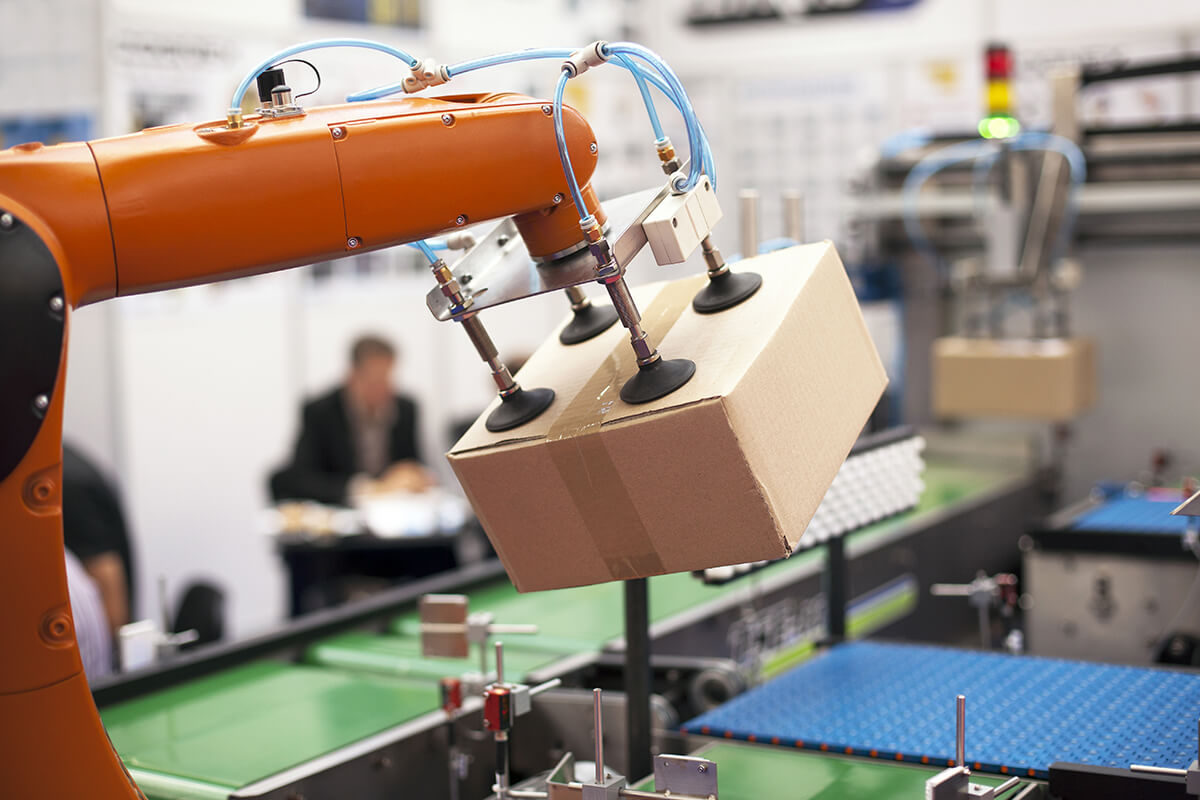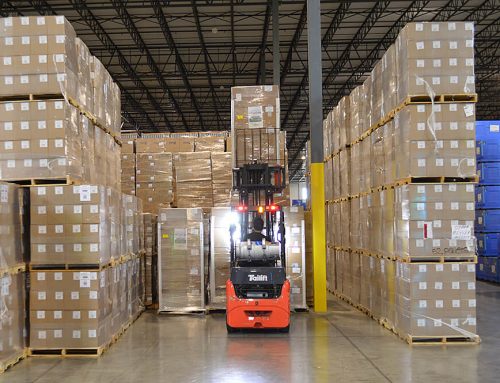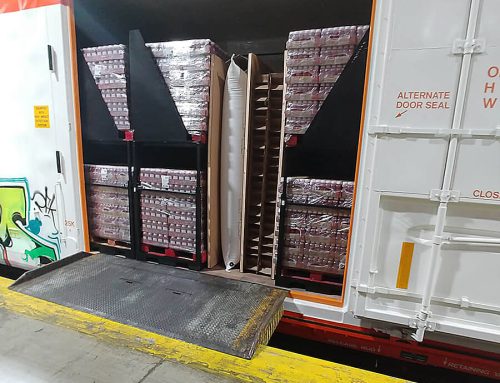Warehouses and distribution centers increasingly turn to labor automation to make their processes faster and more efficient. With the growth of online shopping, warehouses have more pressure to fulfill orders quickly and accurately. Labor automation helps meet these demands by allowing warehouses to process large orders quickly, often with fewer errors than human workers.
This approach uses technology to handle repetitive tasks that people traditionally did. Here’s a breakdown of labor automation, its benefits, and potential drawbacks.

What Is Labor Automation?
Labor automation involves using machines and technology to perform tasks usually requiring human workers. For example, robots can move products from one area to another, while automated systems can sort and pack items. Technologies like autonomous robots and automated storage systems help warehouses operate faster and more smoothly.
Automation in warehousing can be as simple as barcode scanners or as complex as fully automated fulfillment centers that utilize AI for real-time decision-making:
- Automated storage and retrieval systems
- Robots capable of picking, packing, and sorting
- Autonomous mobile robots (AMRs)
- Robotic arms
- Conveyor systems
Pros of Labor Automation
Efficiency and Speed
Automated systems can work around the clock without breaks, helping warehouses handle large orders quickly. This increased speed improves delivery times and allows businesses to meet customer demand effectively.
Reduced Human Error
Machines are generally less prone to error compared to human workers, especially in repetitive tasks. Automation reduces errors in tasks like picking, packing, and sorting items, which helps minimize costly mistakes. For example, automated picking systems use sensors and AI to ensure that the correct items are selected, minimizing the chance of sending the wrong products to customers.
Cost Savings Over Time
Although automation requires a large initial investment, it can save money in the long run. Automated systems can reduce labor costs and allow businesses to handle more work with fewer employees. Over time, companies can save on wages and training costs.
Scalability
Warehouses can scale up their operations to meet increased demand without hiring and training new staff. This flexibility is especially helpful during peak times, like the holiday season, when order volumes surge.
Improved Safety
Warehouses can be dangerous environments with heavy lifting and machinery. Companies can reduce the risk of injuries to employees while robots and other automated equipment can handle dangerous or physically strenuous tasks.
Cons of Labor Automation
High Initial Investment
Setting up an automated system can be very expensive. It requires a significant investment in purchasing robots, installing new software, and training staff to work alongside these systems.
Job Losses
As machines take over manual tasks, some workers may find themselves displaced. Automation can reduce the need for traditional labor, which may lead to job losses and concerns over employment security for warehouse workers. While automation creates new maintenance and technical support roles, not all displaced workers can easily transition to these jobs.
Maintenance
Automated systems require regular maintenance to function effectively. Any malfunction or technical issue can disrupt the entire warehouse operation, leading to costly downtime. Warehouses need skilled personnel to maintain and troubleshoot automation systems, which can add to operational costs and require additional training.
Limited Flexibility
Robots are great for repetitive jobs, but they can struggle with tasks that need human judgment. For instance, complex tasks like handling irregularly shaped items or dealing with unexpected changes in the warehouse environment may still require human involvement.
Dependence on Technology
Heavy reliance on automation means warehouse operations could come to a standstill if something goes wrong, like a system crash or cyber-attack. This makes warehouses vulnerable to technology issues, which can disrupt their work.
Labor automation offers clear benefits, but it's unsuitable for every warehouse. Automation can save money and boost efficiency in the long run. Still, it also requires careful planning and maintenance to avoid disruptions. It brings challenges like high initial costs and can potentially cause job losses. By evaluating these pros and cons, companies can make smarter decisions about how automation fits into their operations.




